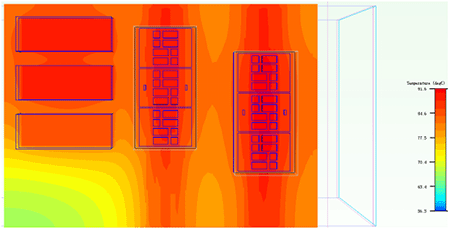- Product techniques
- Skived fin heat sink
- Friction stir welded heat sink
- Heat pipe thermal module
- Water cooler
- Applications and industries
- Cooling solutions for electric car controllers
- Wind power converter cooling solution
- PV inverter cooling solution
- Energy storage system cooling solution
-

Official account

Official website


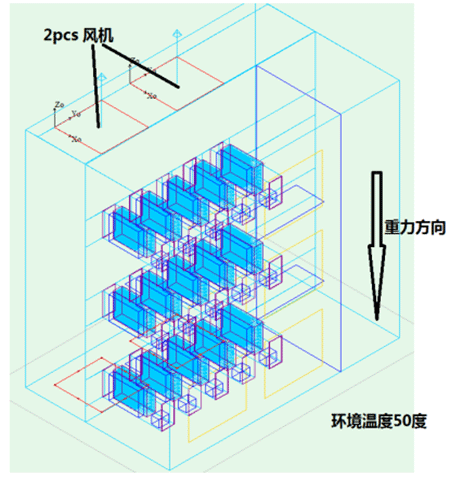
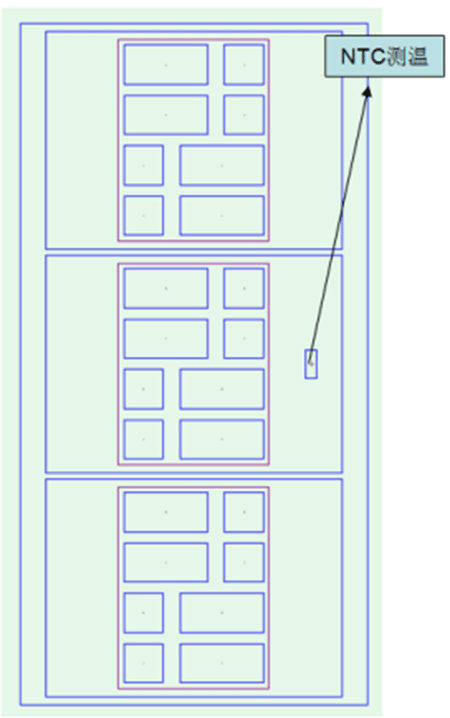
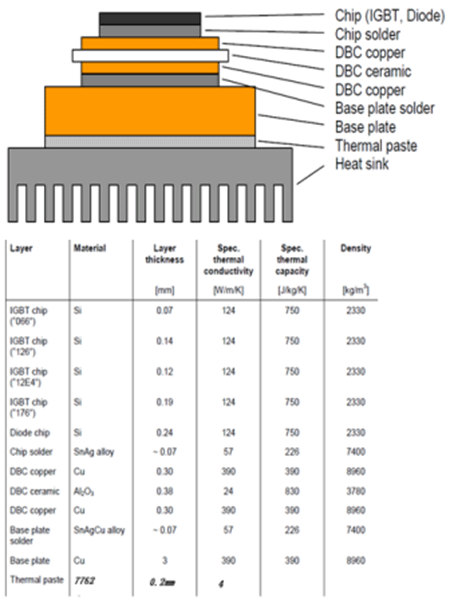
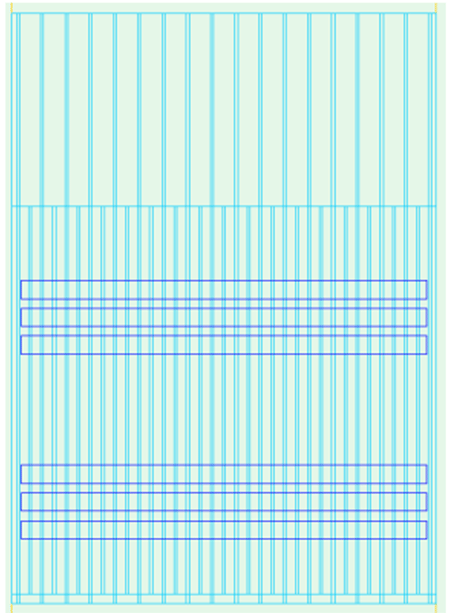
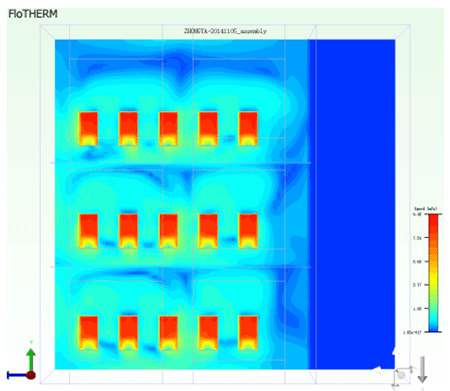
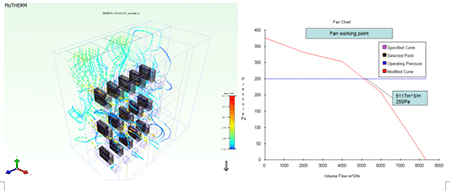
 (Minimum air flow rate: 669.5m^3/H, pressure: 197.1Pa)
(Minimum air flow rate: 669.5m^3/H, pressure: 197.1Pa)